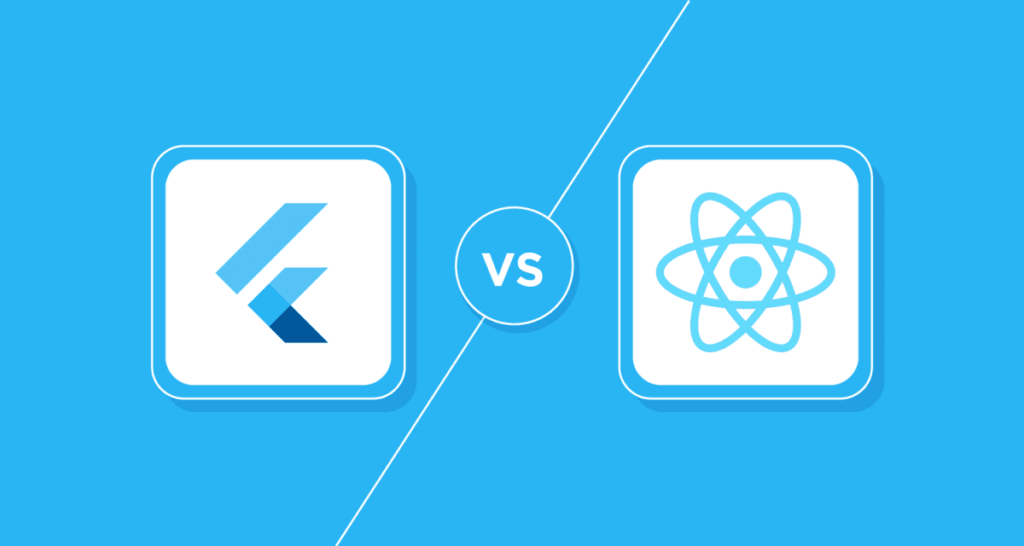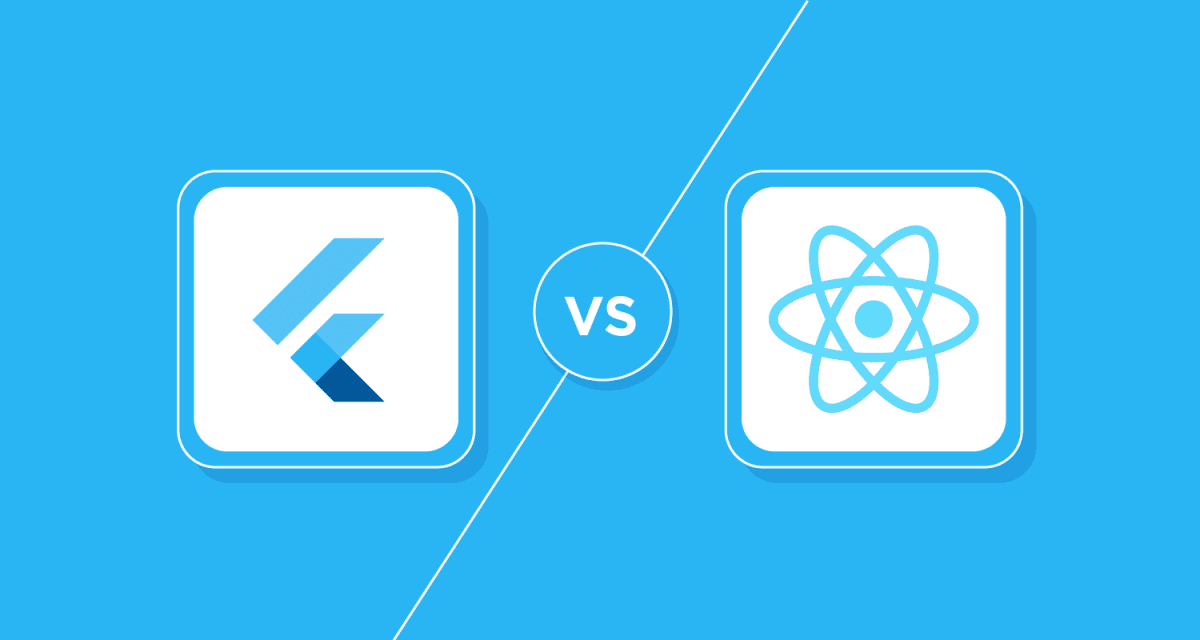In today’s fast-paced digital environment, businesses and developers alike are looking for efficient ways to deliver seamless applications across multiple platforms Cross-platform development has proven to be a game-changer, which developers can build apps for both iOS and Android with a single codebase . Key frameworks in this space include Flutter vs React Native Roadmap 2025. As we approach 2025, understanding their strengths, weaknesses and directions is essential for entrepreneurs and businesses looking to stay ahead.
Why cross-platform development is gaining popularity
Cross-platform development systems accelerate the evolution of cross-platform development, reduce costs, and ease maintenance by eliminating the need to write separate codebases for iOS and Android Developers benefit from reduced time to market, while developers modern tools and technologies play a role in streamlining operations.
Flutter and React Native dominate this domain, providing unique features and capabilities. Let’s dive into what makes each of these programs unique and their roadmap for 2025.
Flutter: Google’s Power Planning Framework
Developed by Google, Flutter has become a favorite among developers due to its transparent UI and robust performance. It uses the Dart programming language and offers a “write once, run anywhere” approach. With a growing community and frequent updates, Flutter has firmly established itself as a leader in cross-platform development.
The main features of Flutter
Hot Reload: Enables developers to immediately see the results of code changes, increasing performance.
Beautiful widgets: Flutter offers a wide range of customizable widgets that provide a native-like experience on both platforms.
High Performance: Flutter apps are compiled to native ARM code, providing the best performance compared to other frameworks.
Multi-platform support: In addition to mobile apps, Flutter supports web, desktop, and embedded devices.
Flutter Director
Google is investing heavily in Flutter, aiming to make it a universal toolkit for app the evolution of cross-platform development. Here is what is expected by 2025.
Improved Performance: Further optimizing rendering and compilation to increase app speed.
Extended Features: Increased support for emerging platforms such as wearable vehicle systems.
Ecosystem Growth: Huge library of plugins and third-party integrations.
Enhanced tools: Optimized debugging tools and integration with popular IDEs.
React Native: Facebook’s Flexible Plan
Developed by Facebook, React Native has long been the go-to framework for developers familiar with JavaScript. Its modular architecture and large community make it versatile for building cross-platform applications.
Key Features of React Native
Code Reusability: Share code between structures, extensively decreasing development time.
Third-Party Library Support: Access to a wide variety of libraries and equipment.
Fast Refresh: Instant remarks on code adjustments, similar to Flutter’s Hot Reload.
Native Modules: Easily combine local code for platform-particular capability.
Facebook’s roadmap for React Native makes a speciality of enhancing its center capabilities and person experience:
New Architecture: Implementation of Fabric and TurboModules for higher overall performance and modularity.
Improved Interoperability: Smoother integration with native components and 1/3-birthday celebration libraries.
Enhanced Documentation: Comprehensive guides and examples for builders.
Support for New Platforms: Expansion into more domains including smart TVs and wearables.
Flutter vs. React Native: Which to Choose in 2025?

Both frameworks have distinct advantages, and the selection in the long run depends on assignment requirements:
Performance: Flutter’s native ARM compilation gives it an side for performance-important programs.
Community and Libraries: React Native’s great atmosphere gives a moderate advantage in terms of 1/3-party tools and support.
Learning Curve: Developers familiar with JavaScript might also find React Native simpler to undertake, at the same time as the ones open to learning Dart can leverage Flutter’s sturdy skills.
Future-Readiness: Flutter’s multi-platform assist makes it a robust contender for lengthy-time period projects.
Flutter vs React Native Roadmap 2025 Conclusion
The upward thrust of move-platform development frameworks like Flutter and React Native is remodeling the manner applications are constructed and deployed. Both frameworks have a promising future, with roadmaps focused on enhancing overall performance, increasing platform assist, and enhancing develop
Share this content:







Post Comment